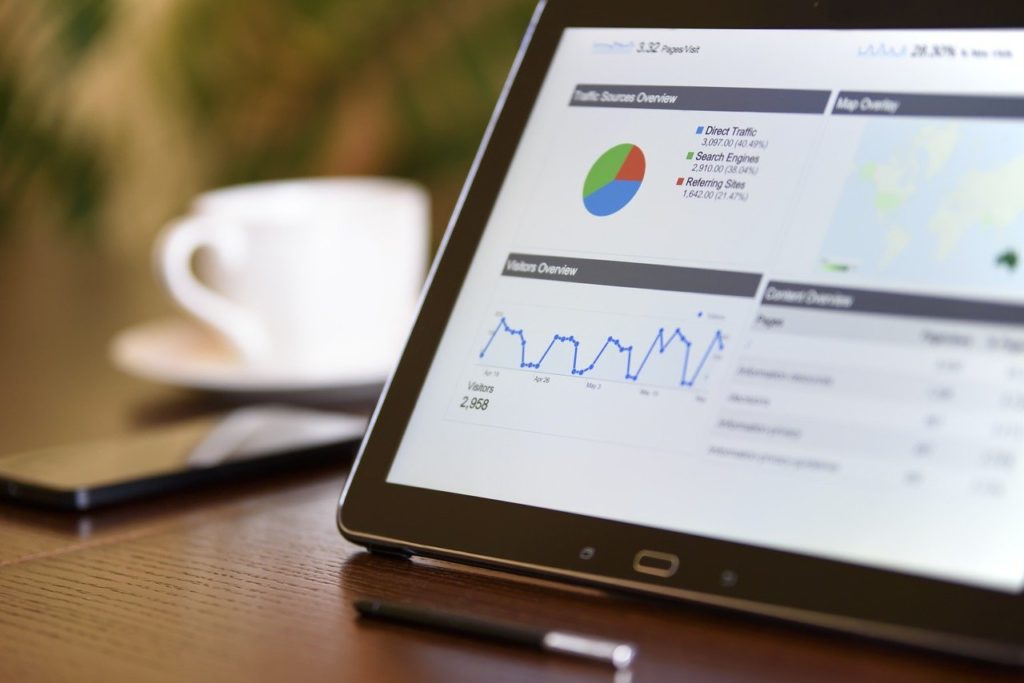It seems not a day goes by when we do not hear of a new cyberattack. While you may believe that because you have never been the victim of an attack you are immune, you could not be more wrong. It does not matter whether you own a small, medium or large business, your industry or your location, cybercriminals are a very real threat to your business. What is even more alarming is that these attacks are becoming more sophisticated and complex making them very difficult to anticipate or protect against.
It is possible, however, to minimize your exposure and prevent security attacks by taking proactive steps such as embracing data analysis.
Big Data and computer security
Big Data means very large sets of data that modern organizations are attracting every day. This data can be analyzed by that organization (via a computer) in order to identify trends and patterns. Any findings can then be used to predict future trends and inform business strategy, but they can also be used in computer security.
There is a lot of debate about whether or not Big Data is a blessing or a curse when it comes to keeping computer networks secure. However, when used as part of a cybersecurity solution, data analysis can help businesses to observe their network closely and detect any irregularities (such as a hacker penetrating the system) as soon as possible. They may then be able to prevent a cyberattack before it takes hold. The snag for many organizations, however, is that they don’t have the tools, time or knowledge to enable them to harness the potential benefits of analyzing this data.
Here are 3 ways that analyzing data in your organization may help to prevent security attacks.
-
Risk management
To enhance your cybersecurity system, you need highly intelligent tools that will provide automated analysis and produce data that is easier for analysts to interpret. The quicker a threat can be identified, the quicker it can be dealt with, but real-time monitoring is often difficult for businesses without the relevant expertise. This is why computer security services such as McAfee offer EDR solutions (Endpoint Detection Response), answering all your ‘What is EDR’ questions. This protection combines data analysis and real-time monitoring to identify suspicious activity and potential threats as early as possible.
-
Anticipating threats
Analytics programs can also help not only to identify a threat once it is present but also to give you visibility of potential cyber threats and how complex they may be. Using past and present data, you can see where your organization is most at risk. By analyzing data, the system can detect when an entry point such as an endpoint device (e.g., laptop, desktop or mobile device) has a weakness and alert the business before it compromises security.
-
Penetration testing
Penetration testing involves a third-party security expert attempting to access your network just as a hacker would. This process highlights weaknesses in the system so you can address them before a real-life hacker discovers them. When penetration testing has been carried out the data from that test can be analyzed, the system strengthened and then data from the next round of testing can be used as a comparison.

